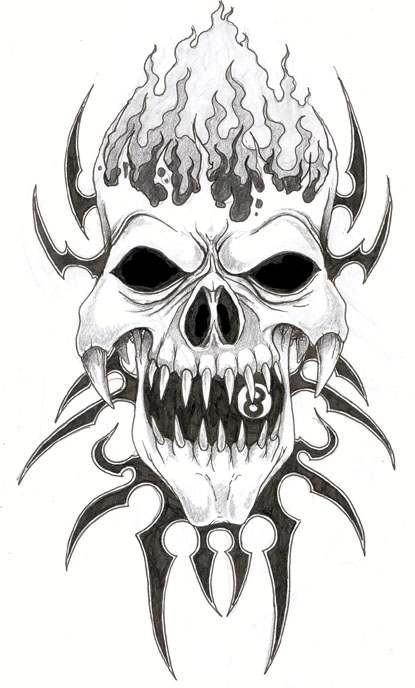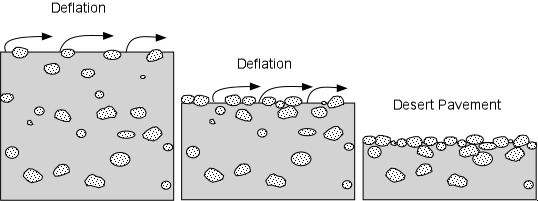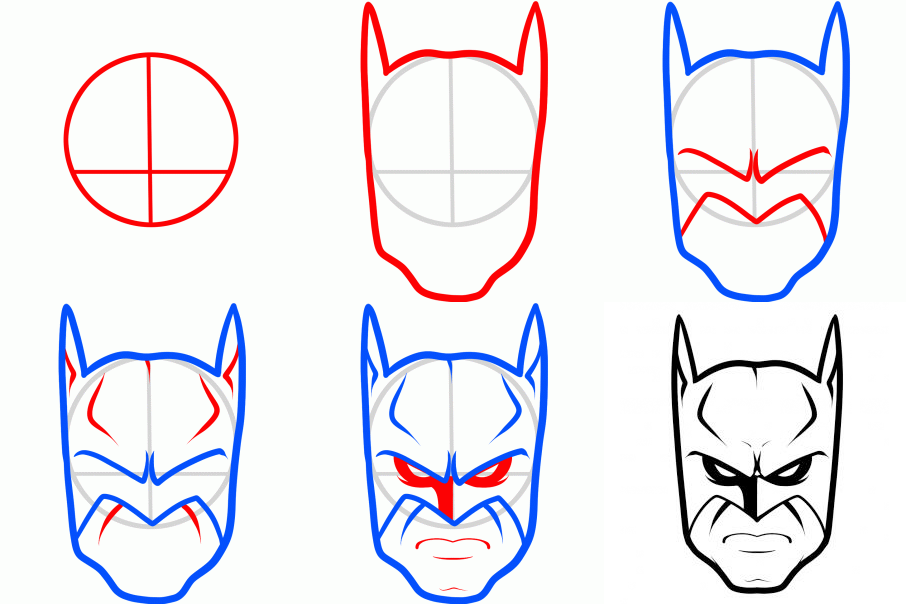Tracing familyhandyman quick lightbox handyman catapult
Table of Contents
Table of Contents
If you’ve ever wanted to take your artwork to the next level, then learning how to use a lightbox for drawing is a great way to start. A lightbox is a tool that illuminates an image from behind, allowing you to trace or draw directly over it. It’s an essential tool for artists, designers, and illustrators who want to create accurate and precise drawings.
The Pain Points of Lightbox Drawing
Many artists struggle to create accurate drawings without a reference image or a clear idea of what they want to draw. This is where a lightbox can come in handy. By using a lightbox, you can quickly and easily create a reference image to guide your drawing. However, many artists aren’t sure how to use a lightbox or how to choose the right one for their needs.
How to Use a Lightbox for Drawing
Using a lightbox for drawing is simple. First, choose the image you want to draw and print it out on a transparent or semi-transparent paper. Place the paper with the image on the lightbox, and turn it on. The light will shine through the paper, allowing you to see the image clearly. Then, place a clean piece of paper on top of the image and trace or draw directly over it. It’s that easy!
Summary of the Main Points
In summary, using a lightbox for drawing is a simple and effective way to create accurate and precise drawings. By following the steps outlined above, you can quickly and easily create a reference image to guide your drawing. Whether you’re an artist, designer, or illustrator, a lightbox is an essential tool to have in your toolkit.
My Experience Using a Lightbox for Drawing
The first time I used a lightbox for drawing, I was amazed by how much easier it made the process. Rather than struggling to create an accurate drawing from scratch, I was able to quickly create a reference image to guide my drawing. It saved me hours of work and resulted in a much more precise and accurate drawing. I highly recommend using a lightbox for anyone looking to take their artwork to the next level.
Choosing the Right Lightbox for Your Needs
When it comes to choosing the right lightbox for your needs, there are a few things to consider. First, consider the size of the lightbox. If you’re working with larger pieces of paper, you’ll need a larger lightbox. Additionally, consider the brightness of the lightbox. Some lightboxes are brighter than others, so you’ll want to choose one that provides enough light for your needs. Finally, consider the price of the lightbox. While some lightboxes can be pricey, there are also plenty of affordable options available.
Tips for Using a Lightbox for Drawing
When using a lightbox for drawing, there are a few tips to keep in mind. First, make sure the paper is secured to the lightbox to prevent it from moving around as you draw. Additionally, adjust the brightness of the lightbox to suit your needs. If it’s too bright, it may be difficult to see your drawing, while if it’s too dim, you may struggle to see the reference image. Finally, be patient and take your time. Using a lightbox can speed up the drawing process, but it’s still important to take your time and create an accurate drawing.
Using a Lightbox for Tracing vs. Drawing Freehand
One of the great things about using a lightbox for drawing is that it can be used for both tracing and drawing freehand. When tracing, the lightbox provides a reference image for you to follow, while when drawing freehand, the lightbox provides a guide to help you create an accurate drawing. Experiment with both methods to see which works best for your needs.
Question and Answer
Q: Can I use any image with a lightbox?
A: Yes, you can use any image with a lightbox, as long as it’s printed on a transparent or semi-transparent paper.
Q: Can I use a lightbox with colored paper?
A: While it’s possible to use a lightbox with colored paper, it may be more difficult to see the reference image. It’s best to use a lightbox with white or light-colored paper.
Q: How do I clean my lightbox?
A: To clean your lightbox, use a soft, dry cloth to gently wipe away any dust or debris. Avoid using water or cleaning solutions, as they can damage the lightbox.
Q: Can I use a lightbox for digital art?
A: No, a lightbox is only useful for traditional drawing and tracing. For digital art, you’ll need a different type of tool, such as a drawing tablet or stylus.
Conclusion of How to Use a Lightbox for Drawing
If you’re looking to take your artwork to the next level, then learning how to use a lightbox for drawing is a must. By following the steps outlined in this article, you can quickly and easily create accurate and precise drawings. Whether you’re an artist, designer, or illustrator, a lightbox is an essential tool to have in your toolkit.
Gallery
Which Is The Best Lightbox For Drawing And Tracing?

Photo Credit by: bing.com / lightbox drawing tracing light box use sketching choosing lightboxes copying tracer work which artist
A3/A4 LED Tracing Light Box Drawing Tattoo Board Pad Table Stencil
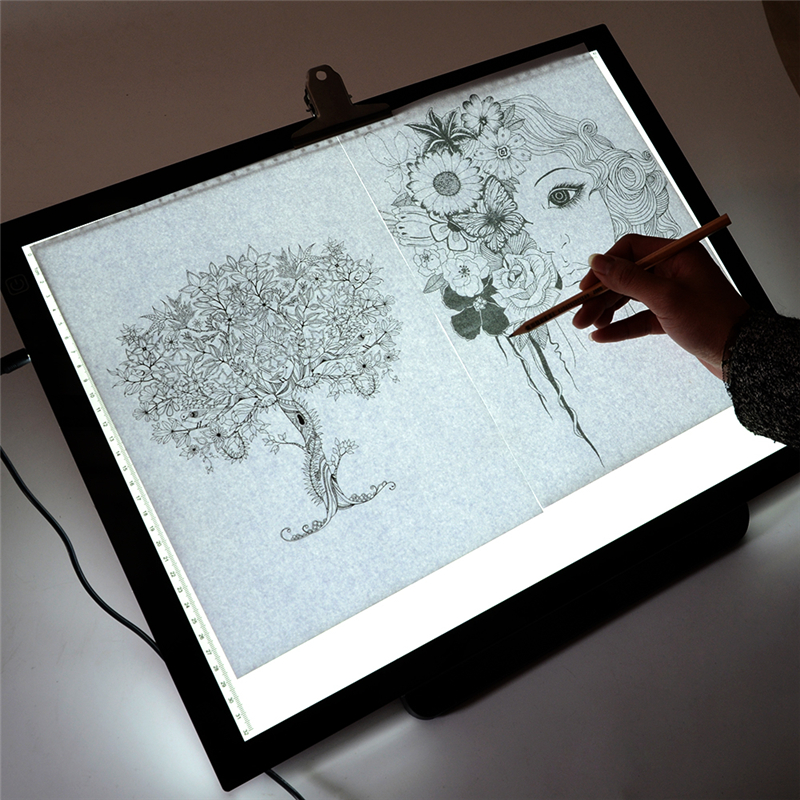
Photo Credit by: bing.com / tracing tracer pushauction boxes
Choosing The Best Lightbox For Drawing And Tracing
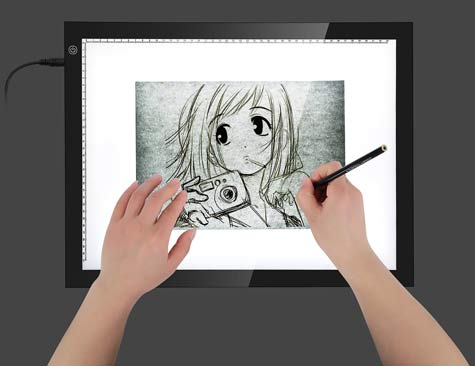
Photo Credit by: bing.com / tracing drawing lightbox use light calligraphy choosing which pens trace lighbox sets
Making Drawings Using A Lightbox

Photo Credit by: bing.com / lightbox making using drawings drawing draw use make figurative stages illustrations create series
How To Build A Quick DIY Light Box | Light Box Diy, Diy Light Table

Photo Credit by: bing.com / tracing familyhandyman quick lightbox handyman catapult
